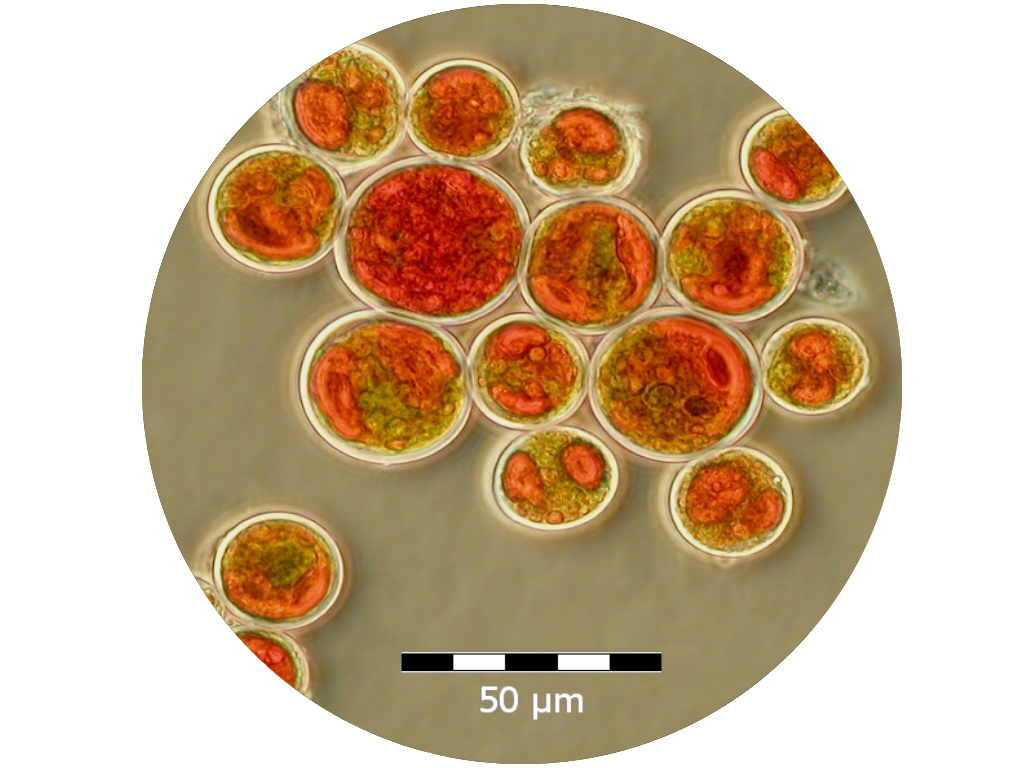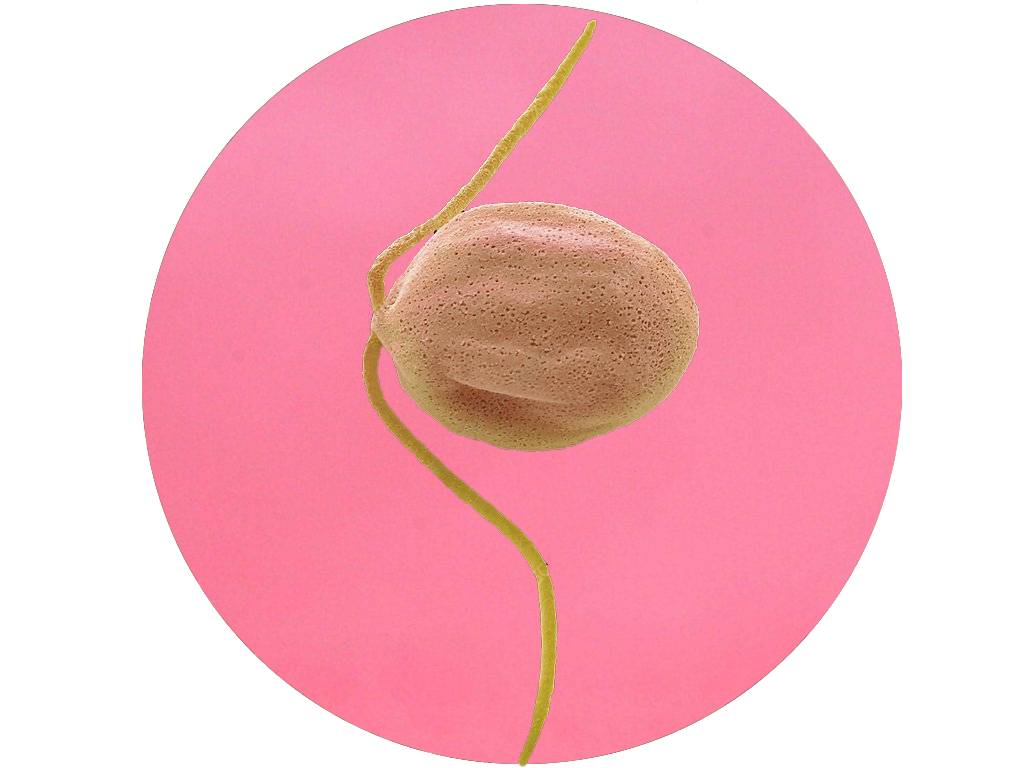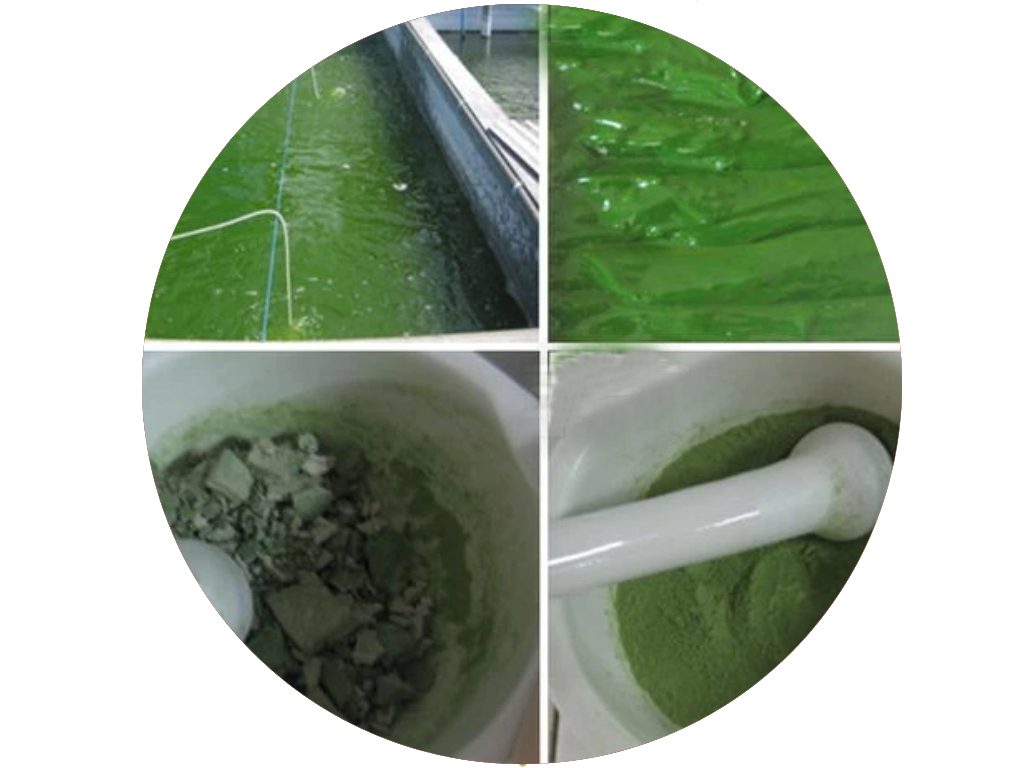
Haematococcus is the richest source of natural astaxanthin, a carotenoid showing promising anti-inflammatory activity.
The alga’s rich nutritional profile of high amounts of antioxidants and other vital nutrients makes it a potential candidate for dietary supplements, cosmetics, animal feed and more.

The accumulation of the carotenoids gives a peculiar pinkish-red colour to the organism. This survival tactic of the micro-algae makes it one of the most potent sources of natural β-carotene, a pro-vitamin A having tremendous importance in terms of visual health.
Dunaliella’s rich nutritional profile of high quantity anti-oxidants along with a vast spectrum of vital phytonutrients makes it a fitting active ingredient in the nutritional and cosmetic industry

Nannochloropsis spp. are one of the most potent sources of natural omega-3 fatty acids, a polyunsaturated fatty acid commonly found in marine fishes. Omega-3 fatty acids are of tremendous importance in heart health.
The rich nutritional profile of Nannochloropsis containing high amounts of polyunsaturated fatty acids and other vital phytonutrients makes it a potent candidate for pharmaceuticals, food and beverage and dietary supplements sectors.